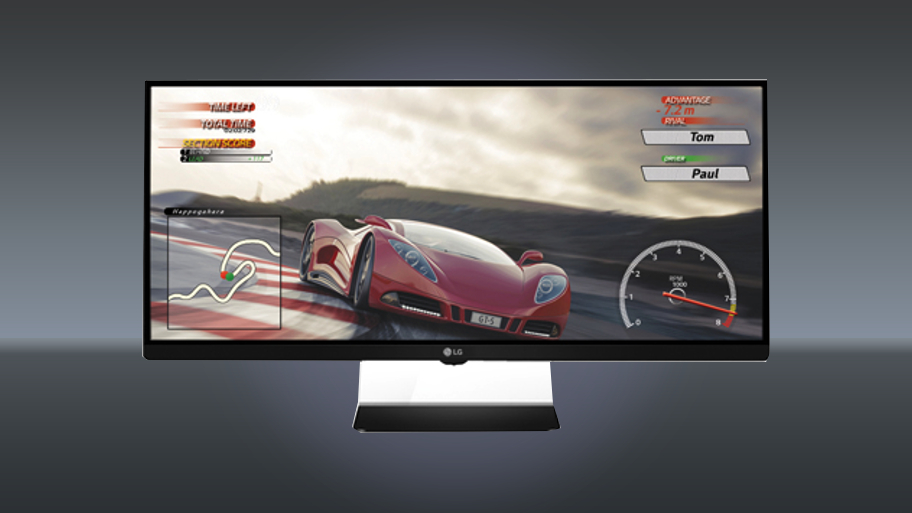AMD says DisplayPort 1.3 will take gaming monitors beyond 4K

AMD has big plans for its GPUs and one of the biggest shake ups will be the new DisplayPort 1.3 connector.
Rather than teasing the incredible clock speeds its next graphics cards will have, the company gleefully explained that the new DisplayPort standard will be able to power 5K displays with a single cable. Additionally, the new video cable standard could allow 2016 AMD graphics cards to drive HDR-enabled 4K monitors at high-frame rates of 144Hz.
As it stands Thunderbolt is one of the best solutions to drive multiple Ultra HD displays because it supports a bandwidth up to 40Gbps. According to AMD, DisplayPort 1.3 can almost match this, carrying up to 32.4Gbps of bandwidth.
With all the extra data carrying capacity, AMD foresees DP 1.3 will help its 2016 GPUs drive 1080p HDR displays at 240hz, 170hz for HDR 1440p screens, 4K HDR monitors at 60Hz and 5K displays with a standard color gamut at 60Hz.
Freedom for FreeSync
AMD has introduced FreeSync over HDMI, effectively making the most accessible solution for reducing screen tearing and frame stuttering.
In the last few years Nvidia and AMD have been duking it out to provide the smoothest gameplay experience for PC gamers. While Nvidia introduced a proprietary G-Sync system that only works with its GPUs and compatible monitors, AMD introduced FreeSync which was compatible with a larger pool of screens so long as they had DisplayPort 1.2a and users had a Radeon-series GPU.
Now with the introduction of FreeSync through HDMI coming early next year, AMD claims it will optimize the refresh rate for many more mainstream monitors, 70% of which lack a DisplayPort connector. On top of computer monitors, AMD has also been working with companies including LG, Samsung and Acer to deliver FreeSync over HDMI functionality to compatible displays including televisions.
Sign up for breaking news, reviews, opinion, top tech deals, and more.
Color is the future
On top of fixing people's frame rates, AMD also introduced high-dynamic range to help boost the color gamut and black levels of certain displays.
Unfortunately, the criteria for an HDR compatible display is a bit more stringent. Users will need a screen with the following features in order to get HDR working correctly:
- Brightness between 600-1200 cd/m2 luminance
- Contrast ratios that closely mirror human visual sensitivity to contrast (SMPTE 2084)
- 10 bit per color and the ability to display over 1 billion colors
Additionally, users will need a Radeon R9 300 Series GPUs on top of a compatible HDR display. AMD posited its 2016 GPUs will extend HDR support to both gaming and movies. The company is also collaborating with top game developers to enable HDR output in 2016 games with more developments to share next year.
- Does the 27-inch 5K iMac have the best display ever made?

Kevin Lee was a former computing reporter at TechRadar. Kevin is now the SEO Updates Editor at IGN based in New York. He handles all of the best of tech buying guides while also dipping his hand in the entertainment and games evergreen content. Kevin has over eight years of experience in the tech and games publications with previous bylines at Polygon, PC World, and more. Outside of work, Kevin is major movie buff of cult and bad films. He also regularly plays flight & space sim and racing games. IRL he's a fan of archery, axe throwing, and board games.